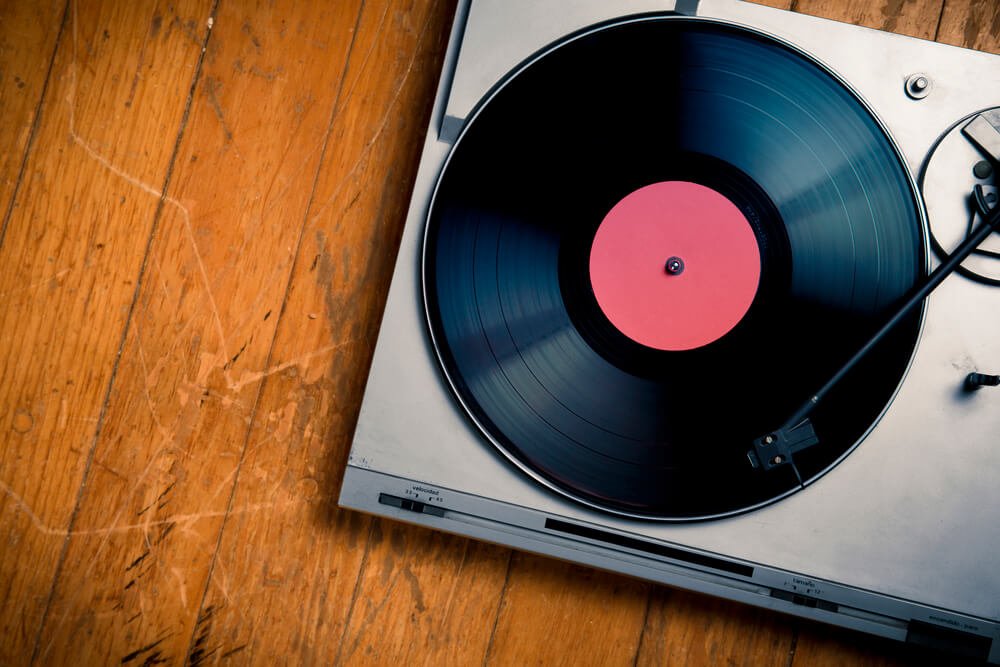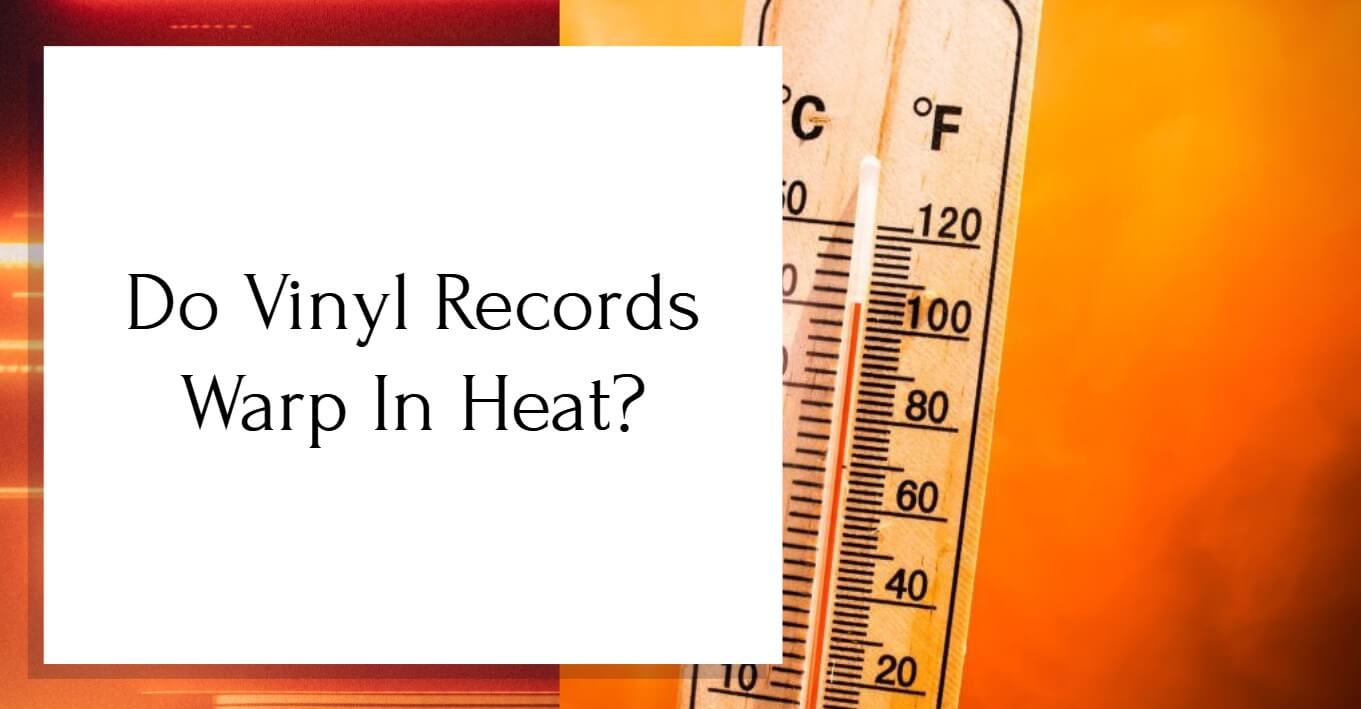If you have a vinyl record collection that you’re very proud of and attached to, you probably want to protect it from any potential damage. Still, as unfortunate as it may seem, we can’t always control the temperature.
This may have got you asking: do vinyl records warp in heat? Is it possible to correct this damage or, better yet, prevent it? Let’s find out!
Why Do Vinyl Records Warp in Heat?
Vinyl records are susceptible to heat damage and will indeed warp when exposed to high temperatures. They’re also prone to warping when exposed to excessive sunlight or pressure.
Your records might start to warp when their surrounding temperature approaches 140℉. At this point, the vinyl could still be salvageable.
However, if you expose records to a temperature of 212℉, they could melt! Yes, believe it or not, this actually happens, and it’s not a risk you want to take since there isn’t much you can do to counteract that kind of damage.
To understand why vinyl is so sensitive to heat, let’s take a look at a few main characteristics:
PVC Construction
Vinyl records are almost entirely crafted out of PVC or Polyvinyl Chloride.
While PVC is durable, it’s extremely sensitive to heat, compromising the structural integrity of the vinyl components.
That’s because the heat causes the PVC to soften. Then, this softening causes the record to warp. Ironically, this same characteristic is what many manufacturers use to create products out of PVC.
Black Color
The fact that the PVC on vinyl records is black only makes matters worse.
This characteristic makes vinyl records highly absorbent to heat and UV rays from direct sunlight, which is why they’re so vulnerable under these conditions.
Reduced Thickness
Additionally, vinyl records are very slim. This thinness is convenient and serves the aesthetic, but it also makes them susceptible to warping with high pressure.
For example, stacking your records horizontally might seem like a space-saver. However, since the vinyl is thin, you risk misshaping the one on the bottom of the pile by adding pressure to heat.
Read more: What to Do With Damaged Vinyl Records?
How to Store Vinyl Records the Right Way
As with most things in life, preserving your valuable collectibles is often better than restoring the damaged pieces.
Here are some guidelines to follow when storing your vinyl records to stay in the safe zone:
Store at Moderate Temperatures
The first factor you need to consider is what temperature you store your record collection at.
You should always try to keep your records at a temperature that doesn’t exceed 70℉ to minimize the risk of warping or melting.
Keep Away From Direct Sunlight
Another thing to be mindful of is how much sunlight your records are exposed to. You should keep your record collection in a room with the curtains closed to reduce exposure to damaging UV rays.
Also, you should never keep your records in your car, especially on a hot, sunny day. If you do so, it might take as little as an hour for the vinyl to be damaged.
Stack Vertically
When stacking your vinyl records on a shelf, make sure to stack them vertically. This storage position is much safer than stacking them on top of each other because it reduces the excess pressure.
You should also avoid stacking your records at an angle. This is because the slant can cause your records to bend at the slightest rise in temperature.
How to Fix a Warped Vinyl Record
The interesting thing about vinyl records is that some of the factors that cause the warp are the same things you can use to restore the damaged vinyl to its original shape.

By applying pressure and heat to your record the right way, you may just be able to save the day.
Here are two approaches that you can try:
Flatten With Heavy Objects
If one of your vinyl records has warped, you can make use of the pressure from heavy objects to flatten it out again.
The first thing you need to do is to make sure you thoroughly clean the record. This step eliminates any dirt that settled into the grooves when flattening it.
Next, you’ll need to cushion the record properly with a protective sleeve or a cloth to protect the structural integrity and sound quality.
Once you’ve completed these preliminary steps, you can proceed to flatten. The most suitable objects are a pair of heavy, flat books.
Position your record with one book underneath it and the other on top, and leave it like this for a few days. Doing so should flatten your record and return it to its original form. The exact amount of time needed for this to occur will depend on how severe the heat damage is.
Related: Do Vinyl Records Fit in Milk Crates?
Use Heat and Pressure
Another method that could help you fix a warped vinyl record is applying heat and pressure to it simultaneously.
However, you should note that this method is significantly riskier and has much more room for something to go wrong than the first method. Therefore, you should only try this method if the first one fails as a last resort for an already ruined vinyl.
Preheat your oven to 180℉. As you’re waiting for it to heat up, carefully position your record between two heavy glass sheets.
Next, slide the record and the glass sheets into your oven. Don’t put them too far inside, so it isn’t a hassle to get them out when you’re done. Then, keep your record in the oven for no more than a couple of minutes.
Once the heating step is over, take your record out of the oven and place it on a flat surface. Make sure to insulate the surface from the hot glass to avoid a thermal shock.
The final step is to position a heavy object in the middle of the glass sheet on top of your record. Keep it there until the glass has come back down to room temperature.
When you remove your vinyl from between the glass sheets, it should be noticeably flatter than it was. All you have to do now is keep the heat and pressure away for good!

